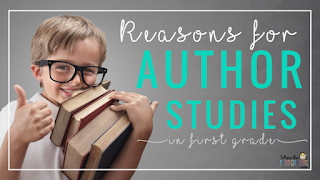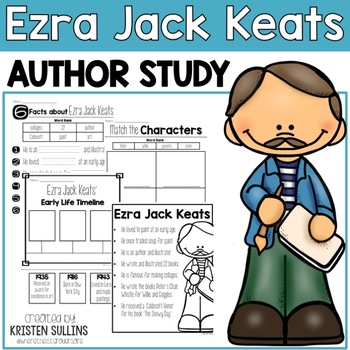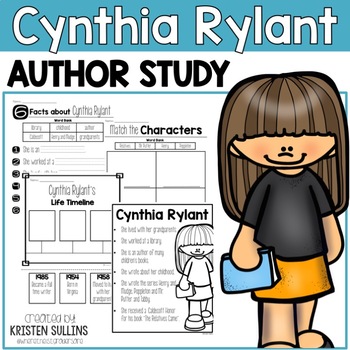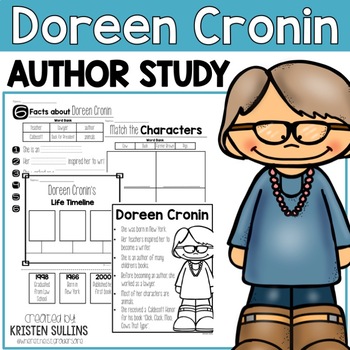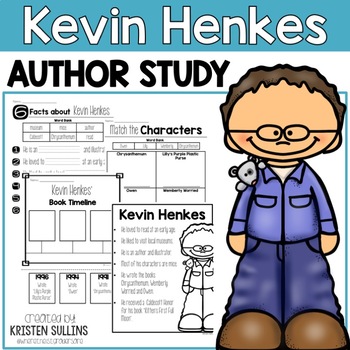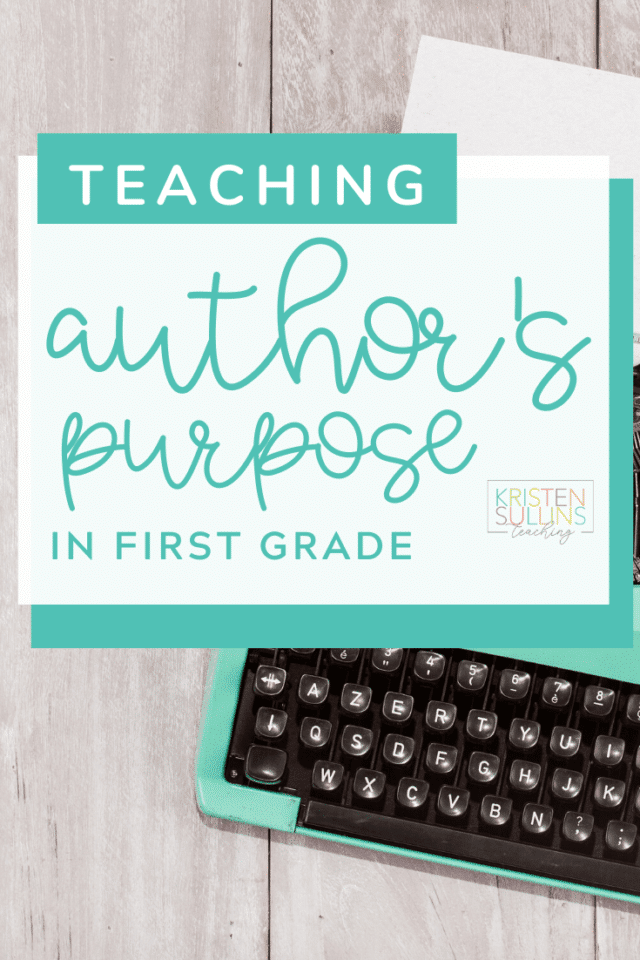
What Do Students Need to Know About Author's Purpose?
First grade students should be able to:
- Discuss the author's purpose including:
- predictions based on genre
- identify purpose based on facts and details
- identify text evidence that supports author's purpose
2. Discuss how text structure supports author's purpose
3. Discuss how the author uses words to help the reader visualize
In a nutshell, author's purpose is a lot more than just sorting a book into the two categories of “entertain” or “inform”.
But…. it's a good place to start!
In my own first grade classroom, we do sorting activities whole group, which then allows me to have deeper conversations about author's purpose at my small group/guided reading table.
Types of Author's Purpose
Traditionally, there are three types of author's purpose: entertain, inform and persuade.
Entertain: To provide a reader with amusement or enjoyment. Authors tend to use fun language and interesting story lines/characters.
Inform: To provide the reader with knowledge on a subject. Authors present factual information in an organized way. Typically includes photographs, but does not have to.
Persuade: To convince the reader of something or change their opinion. Authors will present facts, reasons, statistics to support why they believe something.
However, throughout the years, author's purpose has really grown and expanded to include so much more.
Author's purpose now focuses more on the message that the author is trying to convey.
Author's purpose for first grade can include things like to inform, persuade, entertain, describe, explain, etc.
Even more so, students should be making the connection between identifying author's purpose when they are reading and their own author's purpose when they are writing.
Students should also begin to establish their own purposes for reading a text that might include:
- To gain new knowledge
- To follow directions
- To enjoy or be entertained
- To solve problems
- To explore author’s craft
- To gather research

Author's Purpose Sorting Station for First Grade
Author's purpose can seem like such a hard thing to teach in first grade, but it is SO important that kids set a purpose for reading before they start a text!
And…
it doesn't have to be difficult!
This author's purpose sorting station actually started as a whole group lesson. It's something that I do every year.
Directions for the Author's Purpose Station
I give each student one book and I make sure I have a mixture of fiction and nonfiction, hardback and paperback, magazines and newspapers.
We make our labels for inform and entertain (I hold off on persuade until we are a little more comfortable with author's purpose).
Then, I have each student come to the front of the room and sort their book under the right label and we go over the results as a class.
Benefits of the Author's Purpose Station
Not only is this a super easy mini-lesson that lets the kids learn hands-on how to set a purpose for reading, but it is SO easy to transition it into a station.
I took all of our books from our mini-lesson and put them in the bucket you see above. I also put our two labels for “inform” and “entertain”.
I demonstrated to the class how they would partner up and check each other's answers as the sort the entire box of books under the two labels.
They LOVED it!!


Author's Purpose Activity using Book Order Forms
This Author's Purpose activity with Scholastic book order forms is one that I do every year and my students LOVE it!
It's so simple and easy.
Steps for Book Order Form Activity
1. Give students a piece of paper. Walk them through ow to fold it in half and label the sides with “Entertain” and “Inform”.
(We don't use anything fancy, we just create a t-chart on a piece of paper.)
2. Give each student a Scholastic Book Order.
Let them go through and circle the books that they like, now ask them “Why would you want to read this book?
Would you read it for fun or to learn something?”
3. Students then cut out the book covers and glue them to their paper under Entertain or Inform.
Tip: This activity is about more than just gluing book covers under the correct title. This author's purpose activity is more about the conversation!
Just because a students glues their picture under the wrong heading doesn't necessarily mean they are wrong.
Ask the student why they chose that heading. The main goal of this activity is for students to be able to justify their reasoning.
Having students talk about the activity and why they chose the books and heading that they did is the way to maximize the benefits of this Author's Purpose Sorting Activity!
Disclaimer: If you do not have access to free Scholastic Book Order forms, you can:
- Contact Scholastic and have them shipped to your school for free
- Print book covers from Google
- Do the sorting with physical books as a class and then have students draw pictures of the book covers
Author's Purpose Anchor Charts


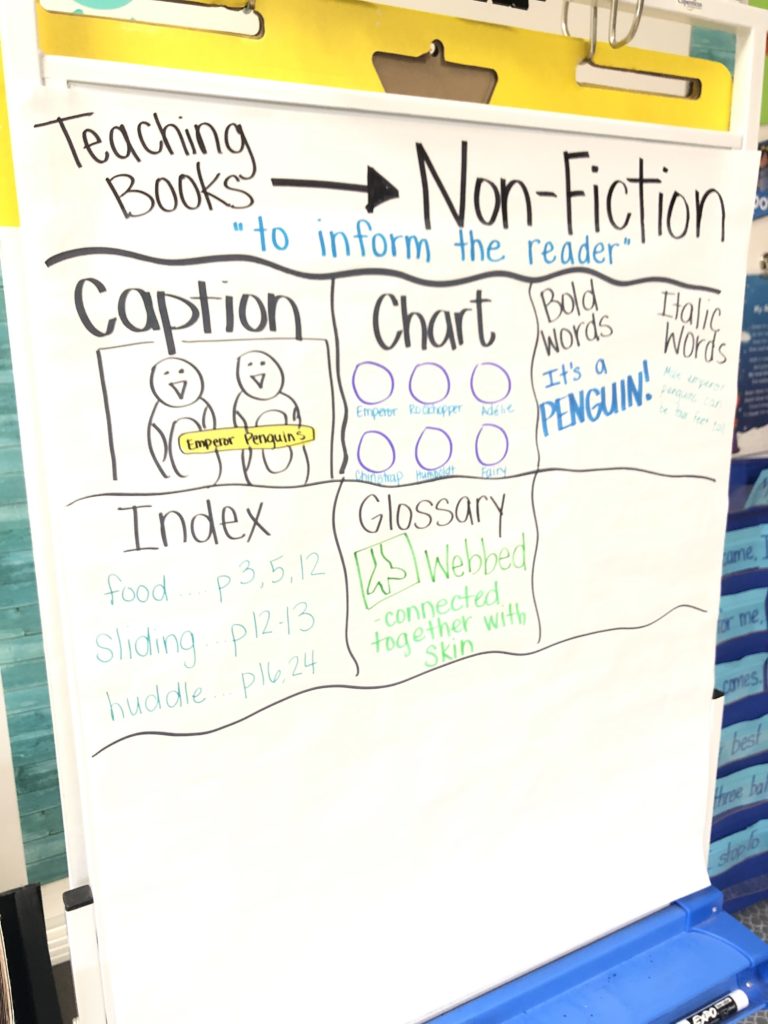
Author Studies & Author's Purpose
Author studies are a great resource to tie into author's purpose.

